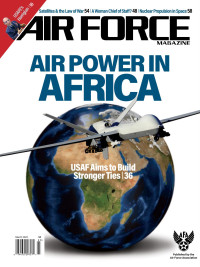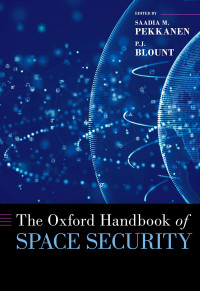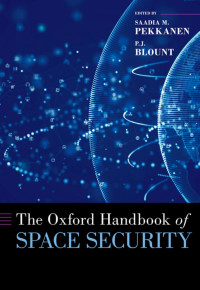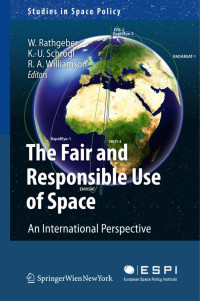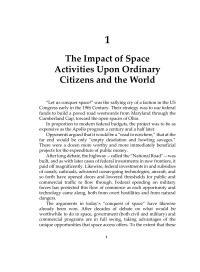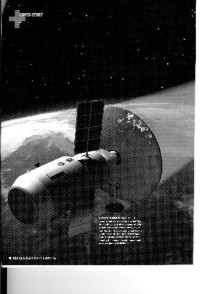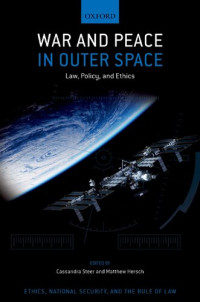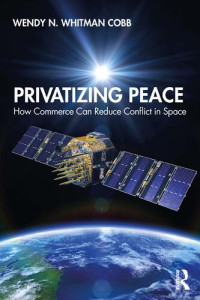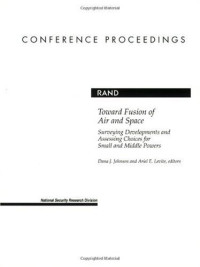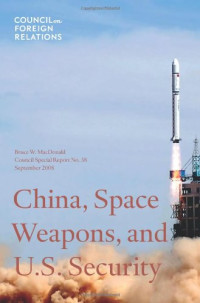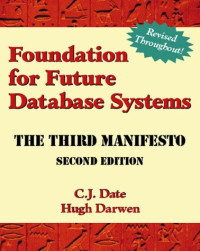
National Security Space Defense and Protection: Public Report
and Medicine Engineering National Academies of Sciences, Division on Engineering and Physical Sciences, Committee on National Security Space Defense and Protection
It is not yet 60 years since the first artificial satellite was placed into Earth orbit. In just over a half century, mankind has gone from no presence in outer space to a condition of high dependence on orbiting satellites. These sensors, receivers, transmitters, and other such devices, as well as the satellites that carry them, are components of complex space systems that include terrestrial elements, electronic links between and among components, organizations to provide the management, care and feeding, and launch systems that put satellites into orbit. In many instances, these space systems connect with and otherwise interact with terrestrial systems; for example, a very long list of Earth-based systems cannot function properly without information from the Global Positioning System (GPS). Space systems are fundamental to the information business, and the modern world is an information-driven one. In addition to navigation (and associated timing), space systems provide communications and imagery and other Earth-sensing functions. Among these systems are many that support military, intelligence, and other national security functions of the United States and many other nations. Some of these are unique government, national security systems; however, functions to support national security are also provided by commercial and civil-government space systems. The importance of space systems to the United States and its allies and potential adversaries raises major policy issues. This Report reviews the range of options available to address threats to space systems, in terms of deterring hostile actions, defeating hostile actions, and surviving hostile actions, and assesses potential strategies and plans to counter such threats. It's recommends architectures, capabilities, and courses of action to address such threats and actions to address affordability, technology risk, and other potential barriers or limiting factors in implementing such courses of action.
Tahun:
2016
Edisi:
1
Penerbit:
National Academies Press
Bahasa:
english
Halaman:
78
ISBN 10:
0309447496
ISBN 13:
9780309447492
Fail:
EPUB, 1.96 MB
IPFS:
,
english, 2016
 Amazon
Amazon  Barnes & Noble
Barnes & Noble  Bookshop.org
Bookshop.org  Tukar fail
Tukar fail Lebih banyak hasil carian
Lebih banyak hasil carian Faedah lain
Faedah lain 



